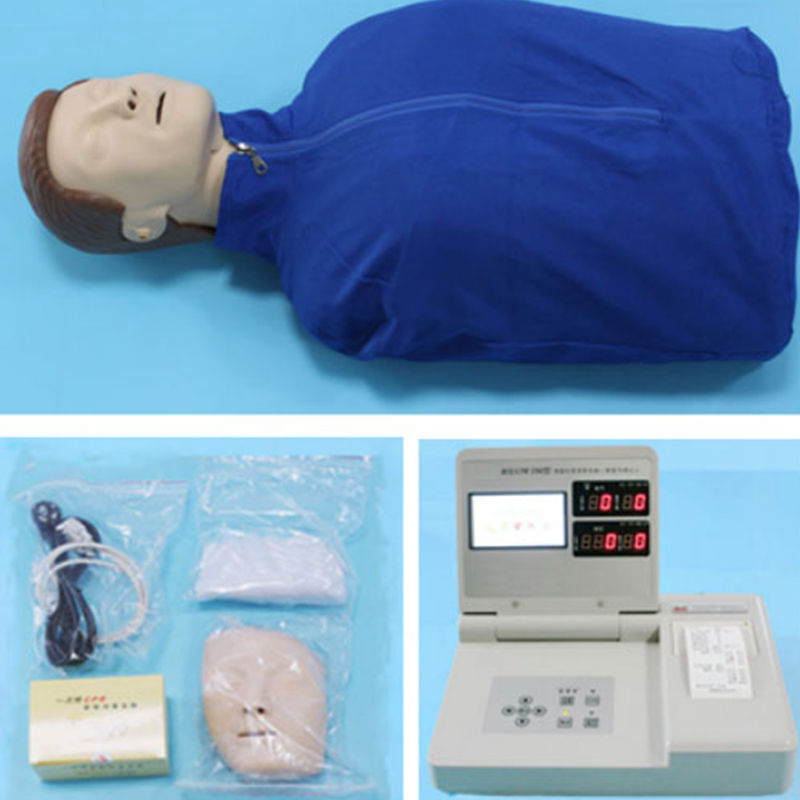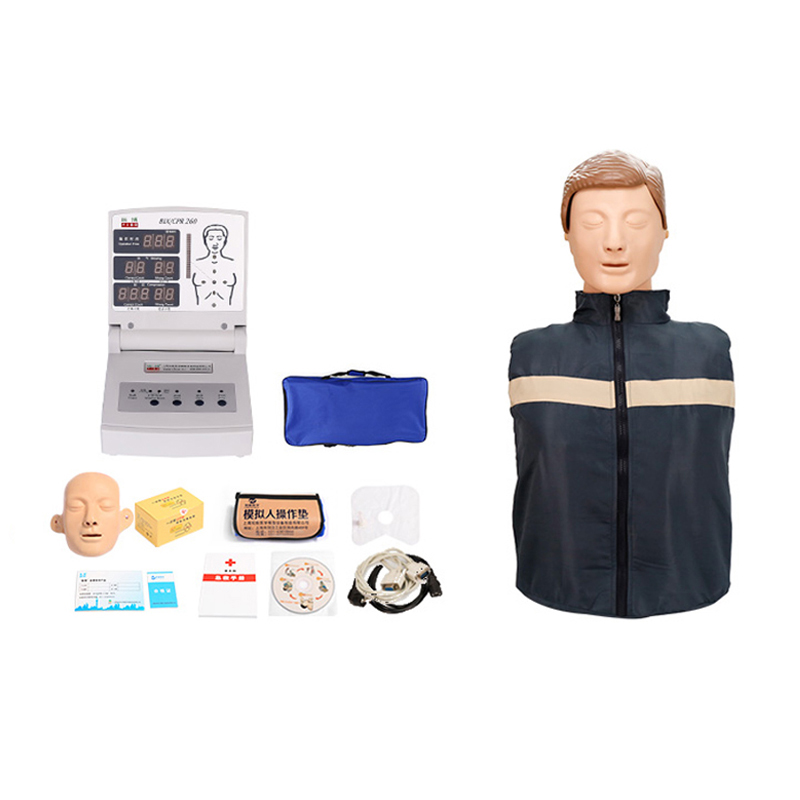The correct method of cardiopulmonary resuscitation mainly includes the following key steps:
Determine consciousness and vital signs: First tap the patient's shoulder and observe whether he responds. Then, use the middle finger and index finger of the right hand to draw from the cricoid cartilage in the middle of the trachea to the proximal carotid artery pulse to determine whether there is a pulse. This must be completed within ten seconds. If the patient is not breathing or breathing normally, has no pulse in the aorta, and has lost consciousness, cardiopulmonary resuscitation can be started.

Call for help: While not delaying the implementation of cardiopulmonary resuscitation, try to call the emergency number and inform the detailed location and patient's condition so that professional medical personnel can arrive as soon as possible.
Chest compression: The correct compression site is the middle and lower 1/3 of the sternum, which is the midpoint of the line connecting the two nipples. The frequency of compressions should be 100 to 120 times per minute and the compression depth should be 5 to 6 centimeters. The rescuer should place the heel of his left palm close to the patient's chest, overlap his hands, raise the five fingers of his left hand, straighten his arms, and use his upper body strength to press hard.
Open the airway and clear respiratory secretions: Generally, the head-up and chin-lifting method is used to open the airway, so that the line connecting the tip of the chin and the earlobe is perpendicular to the ground. At the same time, remove foreign bodies and vomitus from the patient's mouth to ensure that the airway is clear.

Artificial respiration: Usually mouth-to-mouth respiration is used. The rescuer pinches the patient's nostril with the thumb and index finger of one hand, takes a breath, and then blows slowly. Each blow should take more than 1 second. If conditions permit, a simple respirator can be used for artificial respiration.
Please note that CPR is an emergency treatment and needs to be performed as soon as possible. However, it is not a complete substitute for professional medical attention. Therefore, while performing cardiopulmonary resuscitation, the patient should be sent to the hospital as soon as possible for further treatment. At the same time, in order to improve the success rate of cardiopulmonary resuscitation, it is recommended that the public receive professional cardiopulmonary resuscitation training so that they can provide correct and effective treatment in emergency situations.
